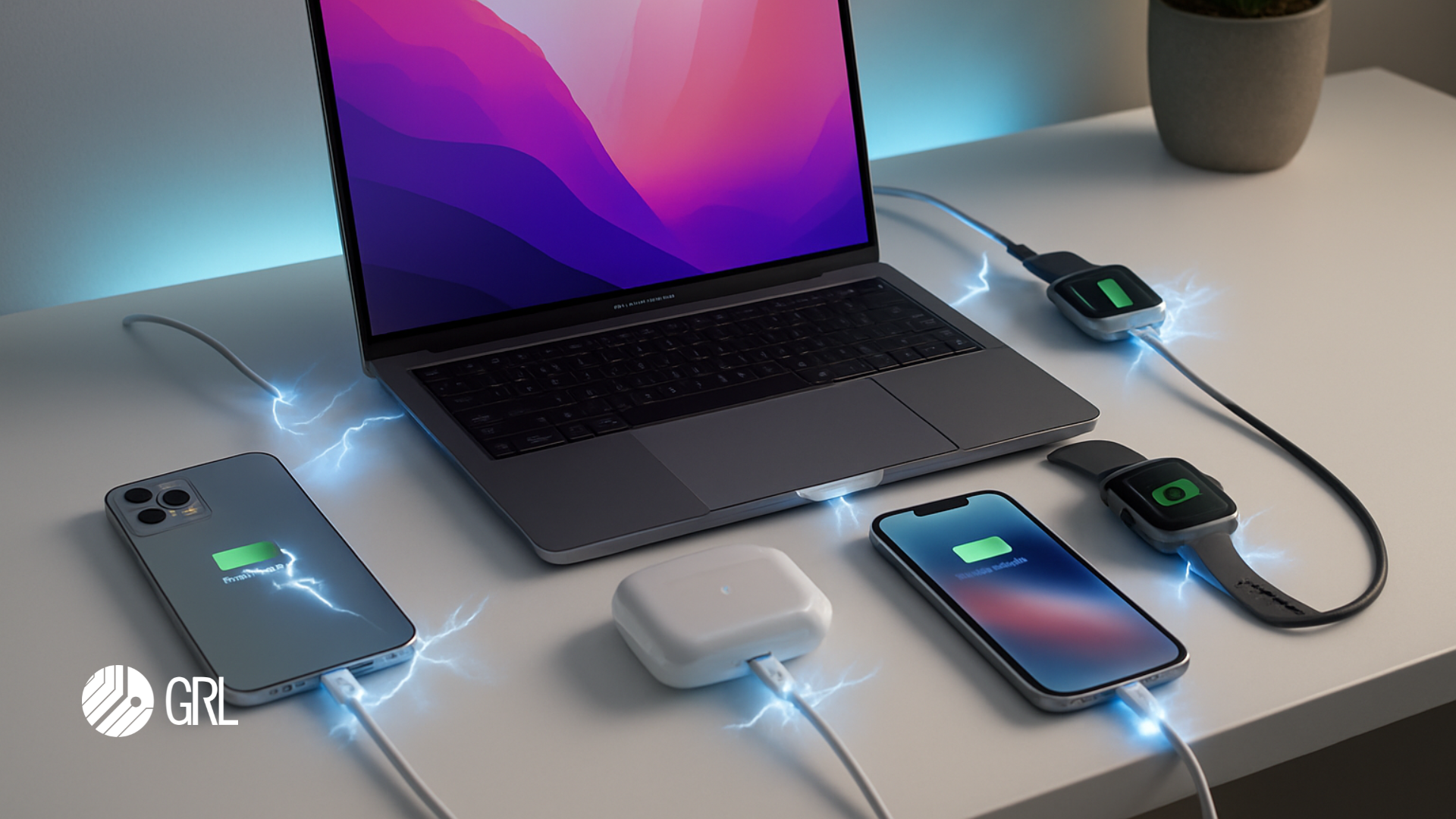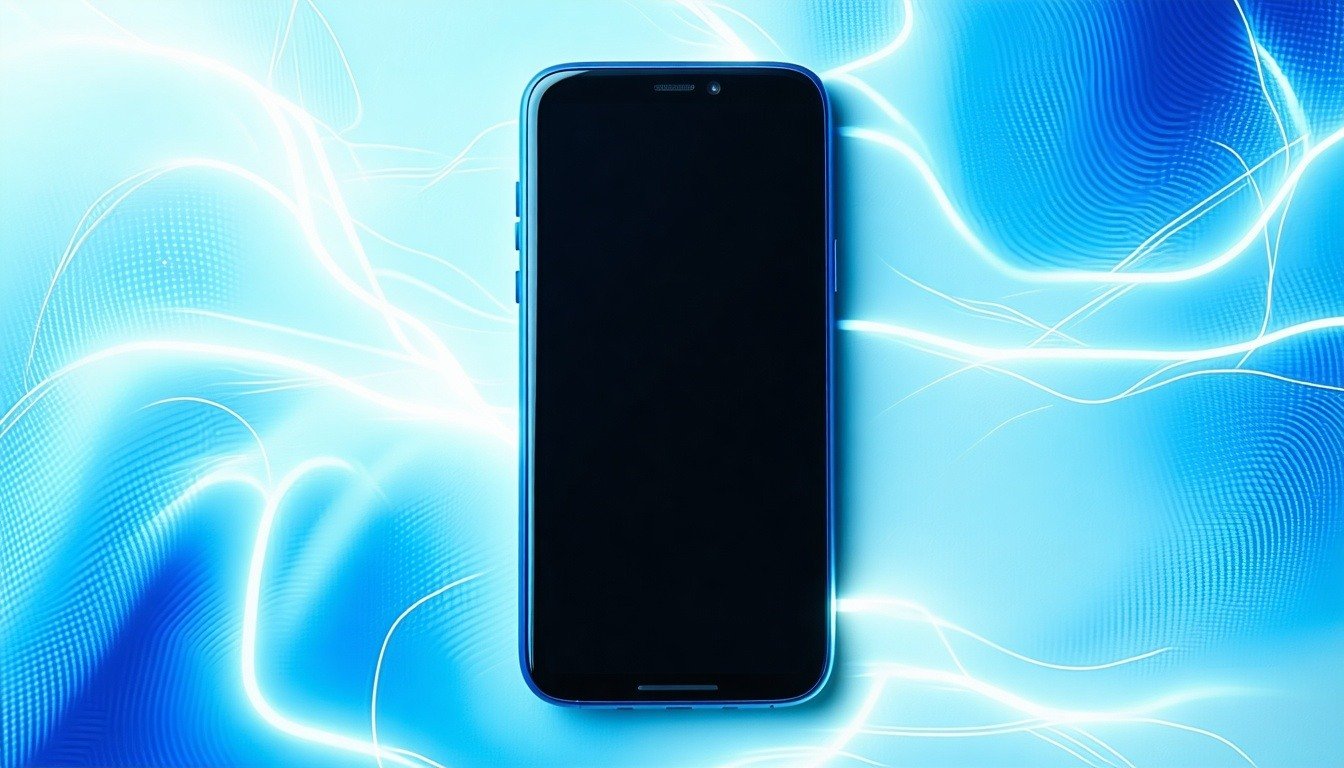Which devices are covered under the EU USB-C® law?
According to the Common Charger Directive 2022/2380 approved by the Council of the European Union (EU)1, all devices with wired charging capabilities must feature a USB-C port to be eligible for sale within the region. The ruling will kick in from 28 December 20242, applying to manufacturers of “small and medium-sized” portable electronics, including:
- digital cameras and video game consoles
- headphones, earbuds and portable loudspeakers
- mobile phones
- portable navigation systems
- tablets and e-readers
- wireless mice and keyboards
Laptops which do not qualify as ‘portable electronics requiring up to 100W of power delivery’ will also be required to comply with the directive from April 2026 onwards3. While there are concerns about supplying high voltage and current over a small connector like USB-C, the latest USB PD 3.1 protocol can adjust voltage and current levels between the ranges of 0 to 240W according to the receiving device’s needs.
Which states are subject to the Common Charger Directive 2022/2380?
EU and EEA
A total of 27 EU member states will be impacted by the directive4. Also impacted are the three additional European Economic Area (EEA) states of Iceland, Liechtenstein, and Norway, which are considered to be part of the homogeneous internal market of the EU5.
For more information on EU market access certifications, click here.
India
The Common Charger Directive has also prompted other regions to adopt a uniform charging standard. For example, India has also made it mandatory for all electronic devices circulating within the nation’s market to come equipped with USB-C by March 2025, although there are discussions underway to provide exceptions for feature phones, wearables, and hearing devices6.
Taiwan
Taiwan’s National Communications Commission (NCC) has also taken the EU’s lead to review its regulations. The Commission now plans to propose amendments to the Technical Specifications for Mobile Telecommunications Terminal Equipment (行動通信終端設備技術規範) in June 2024, announcing the changes in December of the same year7.
California
California is also expected to become the first U.S. state to mandate USB-C cable charging. On 13 April 2023, the California State Assembly Privacy and Consumer Protection Committee in Sacramento unanimously passed the AB 1659 (2023) bill, a legislation which will cover all electronic devices including laptops and phones8.
As countries across the globe embrace this shift towards a unified charging standard, it’s likely that the USB-C standard will continue to proliferate as a means to streamline trade processes and minimize electronic waste.
Why was the USB-C Common Charger Directive implemented?
E-waste reduction
Proposals for a common wireless charging standard were tabled by the European Commission as early as 23 September 2021. This move followed a sobering 2020 report which revealed that consumers spent €2.4 billion annually on standalone chargers that do not come with their devices. This led to a staggering total of 420 million electronic devices purchased within the EU in 2020 alone, contributing to a shocking 11,000 tonnes of e-waste. Despite the numerous purchases, consumers were found to regularly use only two of the three chargers they used on average, with 38% of them still experiencing compatibility-related charging issues9.
Simplified cable management
The directive also requires distributors to incorporate pictograms onto electronic device packaging to indicate whether the package includes a new charger as well as its charging capabilities. Projections estimate that the new ruling would save consumers €250 million a year on unnecessary charger purchases that have accompanied new device purchases up until this point. Furthermore, waste reduction is also expected on production, transportation, and disposal fronts10.
USB-C connectors themselves are also expected to simplify cable management with its uniform dual-sided interface. The design allows USB-C cables to be plugged in either orientation while supporting multiple features such as data transfer, audio output, and video output11. The move was unanimously agreed upon less than six months after negotiations started on 26 January 2022 before being endorsed by all EU member state representatives on 29 June 2022.
Will the USB-C mandate result in limited charging speeds?
On top of the charging cables’ physical form, requirements in the amended 2022/2380 Common Charging Directive12 also requires charging speeds for all fast-charging devices to be harmonized. This move was meant to prevent brands from limiting charging speeds with other chargers or devices.
Engineers and developers must therefore incorporate any additional charging protocols required for full USB Power Delivery functionality into their devices. For instance, a device of up to 15W must have at least one of the following power supply options available for USB-C receptacle while also being supported by radio equipment:
- USB 2.0
- USB 3.2
- USB 4
- USB BC 1.2
- USB Type-C Current (1.5A and 3.0A)
- USB PD
Will EU’s USB-C law popularize wireless charging?
Wireless charging regulations by end 2024
In their announcements, the EU also gave a brief nod to the rising prevalence of wireless charging. Recognizing the dangerous of a technological “lock-in” effect where consumers become reliant on a single manufacturer, the European Commission has promised to harmonize interoperability requirements with wireless charging by the end of 202413.
New products feature both Magsafe & USB-C
However, as of the time of writing, the Common Charging Directive only applies to wired charging solutions, meaning that manufacturers could technically avoid the mandate with devices that feature wireless charging exclusively. Nevertheless, newly released smartphones on the market such as the iPhone 15 and iPhone 15 Plus have featured both USB-C ports and MagSafe wireless charging standards.
MagSafe wireless chargers rely on built-in magnetic rings that lock phones and transmitters into position for charging. Qi2 wireless charging, which lies on a MagSafe-derived Magnetic Power Profile (MPP), is expected to support wireless charging speeds of up to 15W while also remaining compatible with MagSafe. Interoperability between wireless charging standards can go a long way in preventing consumer confusion and excessive e-waste as the global electronic device market transitions towards a wireless future.
Plug into the wired and wireless charging conversation
Want to achieve product compliance amid rapid changes in USB-C and Qi2 wireless charging regulations? Check out our automated test solutions and test engineering services, or subscribe to our newsletter below to stay updated on the latest regulatory updates.
References
- Council of the European Union. 24 Oct 2022. Common charger: EU ministers give final approval to one-size-fits-all charging port.
- Kris Holt. 8 Dec 2022. EU sets December 2024 deadline for USB-C wired charging on new phones. En Gadget.
- Jon porter. 8 Dec 2022. EU sets December 28th, 2024, deadline for all new phones to use USB-C for wired charging. The Verge.
- Gov.uk. Countries in the EU and EEA.
- EFTA. Frequently asked questions on EFTA, the EEA, EFTA membership and Brexit.
- FE Tech Desk. 2 Jan 2023. India to exempt these devices from USB Type-C rule. Financial Express.
- Ting Yi. 18 Dec 2023. USB-C to be mandatory for phones, NCC plan shows. Taipei Times.
- Max Bailon. 10 May 2023. Universal USB-C Standard Mandated by California for All Devices. The Arias Journal.
- European Commission. 23 Sep 2021. Commission proposes a common charging solution for electronic devices — Questions and Answers.
- European Commission. 23 Sep 2021. Pulling the plug on consumer frustration and e-waste: Commission proposes a common charger for electronic devices.
- Innergie. Why can the USB-C interface charge both laptops and smartphones as the EU mandates a standardized charging specification?
- Qima. January 2023 Regulatory Update.
- European Parliament. 4 Oct 2022. Long-awaited common charger for mobile devices will be a reality in 2024.




